Home>Maintenance & Safety>Safety Equipment & Products>How To Childproof Drawers
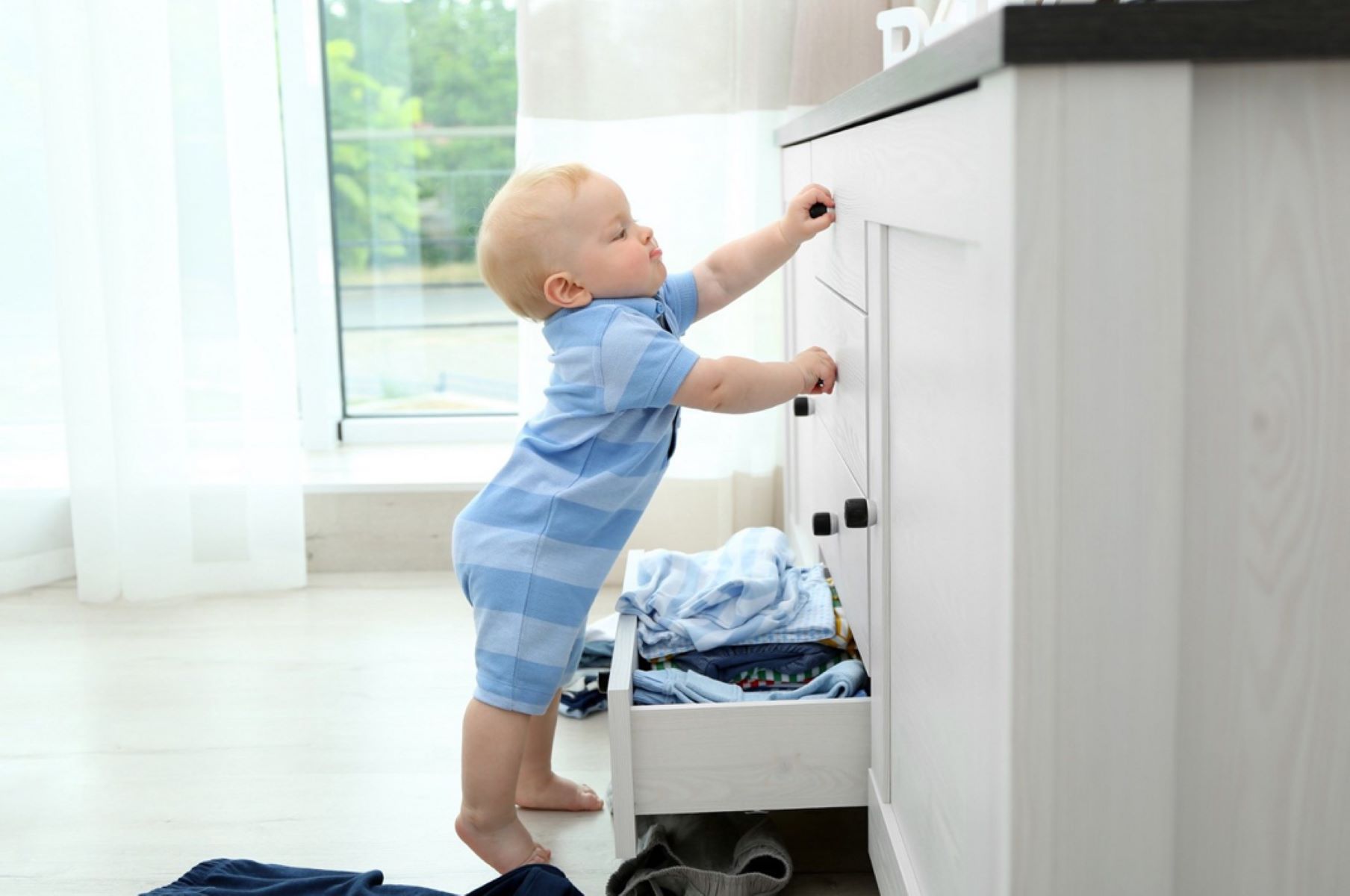

Safety Equipment & Products
How To Childproof Drawers
Published: January 5, 2024
Learn how to childproof drawers with the best safety equipment and products. Keep your little ones safe at home with our expert tips and recommendations. Protect your child from potential hazards.
(Many of the links in this article redirect to a specific reviewed product. Your purchase of these products through affiliate links helps to generate commission for Storables.com, at no extra cost. Learn more)
Introduction
Childproofing your home is an essential step in ensuring the safety and well-being of your little ones. As children are naturally curious and adventurous, it's crucial to take proactive measures to safeguard them from potential hazards, especially within the confines of your living space. Among the various areas of the home that require childproofing, drawers stand out as a common yet often overlooked danger zone. In this comprehensive guide, we will explore the importance of childproofing drawers, the different types of childproofing products available, and the step-by-step process to effectively childproof your drawers. Additionally, we'll provide valuable tips to bolster the safety measures in your home, creating a secure environment for your children to thrive in. Let's embark on this journey to fortify your living space and promote peace of mind for you and your family.
Key Takeaways:
- Childproofing drawers is crucial to keep kids safe from potential hazards like sharp objects and small items. Use latches, dividers, and supervision to create a secure environment for children to explore and play.
- In addition to using childproofing products, parents should educate children about safety, secure heavy items, and maintain childproofing measures. These extra steps enhance the overall safety of the home and promote peace of mind for parents.
Read more: What Makes Childproof Containers Childproof?
Understanding the Need for Childproofing
Childproofing is a critical aspect of parenting, as it involves taking proactive measures to create a safe environment for children to explore and play without encountering potential hazards. Drawers, though seemingly innocuous, can pose significant risks to young children. From sharp objects and small items that can be choking hazards to heavy or breakable items that could cause injury, the contents of drawers present a myriad of dangers. Furthermore, children’s innate curiosity often leads them to open drawers, unaware of the potential harm hidden within.
Understanding the need for childproofing involves recognizing the developmental stages of children and their natural inclination to explore their surroundings. As infants transition to toddlers and beyond, their motor skills and curiosity rapidly evolve, making it essential to adapt the safety measures in the home accordingly. Childproofing not only mitigates the risk of accidents but also instills a sense of security for both parents and children, fostering a nurturing and protective environment.
By acknowledging the potential hazards within drawers and understanding the importance of childproofing, parents can proactively address these risks and create a secure space for their little ones to thrive. The next sections will delve into the various childproofing products available and the step-by-step process to effectively childproof drawers, empowering parents to fortify their homes and prioritize the safety of their children.
Types of Childproofing Products
When it comes to childproofing drawers, a wide array of products is available to cater to different needs and preferences. Understanding the diverse range of childproofing products is essential for selecting the most suitable options to effectively secure drawers and prevent potential accidents. Here are some common types of childproofing products designed specifically for drawers:
- Drawer Latches and Locks: These devices are designed to restrict a child’s access to drawers, preventing them from opening the drawers and accessing potentially hazardous items. There are various types of latches and locks, including magnetic, adhesive, and screw-mounted options, offering flexibility in installation and usage.
- Drawer Dividers and Organizers: Utilizing drawer dividers and organizers not only helps in keeping the contents of drawers neatly arranged but also serves as a safety measure. By compartmentalizing the drawer space, small items that pose choking hazards can be stored securely out of reach of young children.
- Soft-Close Drawer Slides: These specialized drawer slides are designed to prevent drawers from slamming shut, reducing the risk of little fingers getting caught or injured. The smooth and controlled closing mechanism adds an extra layer of safety to drawer usage.
- Childproof Drawer Knobs and Handles: Modifying the drawer knobs and handles with childproof designs can prevent children from easily accessing the contents of the drawers. These specialized knobs and handles often require dexterous movements that young children may not be capable of, effectively deterring them from opening the drawers.
- Childproofing Straps and Anchors: In the case of larger furniture with attached drawers, such as dressers and cabinets, childproofing straps and anchors can be used to secure the furniture to the wall, preventing tip-overs and potential accidents.
Each type of childproofing product serves a specific purpose in enhancing the safety of drawers and the items within them. By understanding the functionalities and benefits of these products, parents can make informed decisions based on their specific requirements and the layout of their living space. The subsequent section will provide detailed steps to effectively childproof drawers, incorporating the use of these products to create a secure environment for children.
Install drawer latches or locks to prevent young children from opening them. These can be easily attached and will help keep dangerous items out of reach.
Steps to Childproof Drawers
Childproofing drawers involves a systematic approach to ensure comprehensive safety measures are in place. By following these steps, parents can effectively secure drawers and minimize potential hazards, providing a secure environment for their children to explore and play:
- Assess the Contents: Begin by assessing the contents of the drawers. Identify any items that could pose a risk to children, such as sharp objects, small parts, or potentially toxic substances. Remove or relocate these items to a secure, out-of-reach location.
- Select Childproofing Products: Based on the assessment, choose the appropriate childproofing products to secure the drawers. Consider factors such as the type of drawers, the contents being stored, and the accessibility needed for adult use.
- Install Drawer Latches or Locks: Depending on the chosen type of latch or lock, carefully install them according to the manufacturer’s instructions. Ensure that the latches or locks effectively restrict the opening of the drawers, yet allow for convenient adult access when needed.
- Utilize Drawer Dividers and Organizers: Implement drawer dividers and organizers to compartmentalize the drawer space, keeping small items organized and out of reach of young children. This not only enhances safety but also promotes better organization within the drawers.
- Consider Soft-Close Drawer Slides: If feasible, consider replacing existing drawer slides with soft-close alternatives. These specialized slides prevent drawers from slamming shut, reducing the risk of accidents and injuries.
- Modify Drawer Knobs and Handles: If necessary, replace drawer knobs and handles with childproof designs that are more challenging for young children to manipulate. This modification adds an extra layer of security to the drawers.
- Secure Furniture with Childproofing Straps: For larger furniture with attached drawers, such as dressers and cabinets, utilize childproofing straps and anchors to secure the furniture to the wall, preventing tip-overs and potential accidents.
- Test and Reassess: Once the childproofing measures are in place, thoroughly test the functionality and security of the drawers. Regularly reassess the effectiveness of the childproofing products and make adjustments as needed to maintain a safe environment for children.
By diligently following these steps, parents can significantly reduce the potential risks associated with drawers and create a secure space where children can explore and interact with their surroundings safely. Additionally, incorporating these childproofing measures not only enhances safety but also fosters an organized and harmonious living environment for the entire family.
Additional Tips for Childproofing
While implementing specific childproofing products and steps is crucial, there are additional measures and tips that can further enhance the safety of drawers and the surrounding environment. These supplementary tips aim to create a comprehensive and secure space for children to thrive, reinforcing the effectiveness of childproofing efforts:
- Regular Supervision: Despite thorough childproofing, maintaining vigilant supervision of children, especially toddlers and infants, is paramount. Active supervision can prevent potential accidents and provide immediate assistance if needed.
- Education and Communication: As children grow, educating them about safety and potential hazards fosters awareness and responsible behavior. Teach them about the purpose of childproofing and the importance of not tampering with secured drawers and cabinets.
- Secure Heavy Items: In addition to childproofing drawers, ensure that heavy or breakable items are securely stored and positioned within furniture to prevent tipping or accidental access by children.
- Regular Maintenance: Periodically inspect and maintain the childproofing products and drawer mechanisms to ensure their continued functionality. Replace any worn-out or damaged components promptly.
- Accessible Emergency Contacts: Keep emergency contacts, including poison control and medical facilities, readily accessible in case of unforeseen incidents. Quick access to essential contact information can expedite response times in emergencies.
- Encourage Safe Play Areas: Designate specific play areas within the home that are tailored for children, equipped with age-appropriate toys and activities. Creating designated play zones can minimize the need for children to access off-limits areas.
- Lead by Example: Model safe behaviors and practices within the home, such as proper storage of items and cautious use of drawers and cabinets. Children often emulate the actions of adults, making positive role modeling an effective safety measure.
By integrating these additional tips into the childproofing strategy, parents can further fortify the safety measures in their homes, creating a nurturing and secure environment for their children. The collective implementation of childproofing products, specific steps, and additional tips establishes a comprehensive safety framework that prioritizes the well-being of young ones and fosters peace of mind for parents.
Read more: How To Childproof A Fireplace
Conclusion
Childproofing drawers is a fundamental aspect of creating a safe and secure environment for children to thrive within the home. By recognizing the potential hazards associated with drawers and implementing comprehensive childproofing measures, parents can mitigate risks and promote a nurturing space for their little ones to explore and play safely. Understanding the need for childproofing, exploring the diverse range of childproofing products, and following specific steps to secure drawers are pivotal in fortifying the safety of the living space.
Moreover, the incorporation of additional tips, such as regular supervision, education, and secure item storage, further enhances the effectiveness of childproofing efforts, fostering a holistic approach to safeguarding children from potential dangers. By embracing these measures, parents not only prioritize the safety and well-being of their children but also cultivate an organized and harmonious living environment for the entire family.
As children grow and develop, the ongoing reassessment and maintenance of childproofing measures remain essential to adapt to their evolving needs and behaviors. By staying proactive and attentive to the safety requirements of the home, parents can create a nurturing and secure haven where children can thrive, explore, and play with peace of mind.
In essence, the commitment to childproofing drawers reflects a profound dedication to the safety and happiness of children, underscoring the pivotal role of parents in creating a protective and nurturing environment within the home. By integrating childproofing as an integral part of parenting, families can embrace a lifestyle that prioritizes safety, security, and the holistic well-being of their children.
Frequently Asked Questions about How To Childproof Drawers
Was this page helpful?
At Storables.com, we guarantee accurate and reliable information. Our content, validated by Expert Board Contributors, is crafted following stringent Editorial Policies. We're committed to providing you with well-researched, expert-backed insights for all your informational needs.

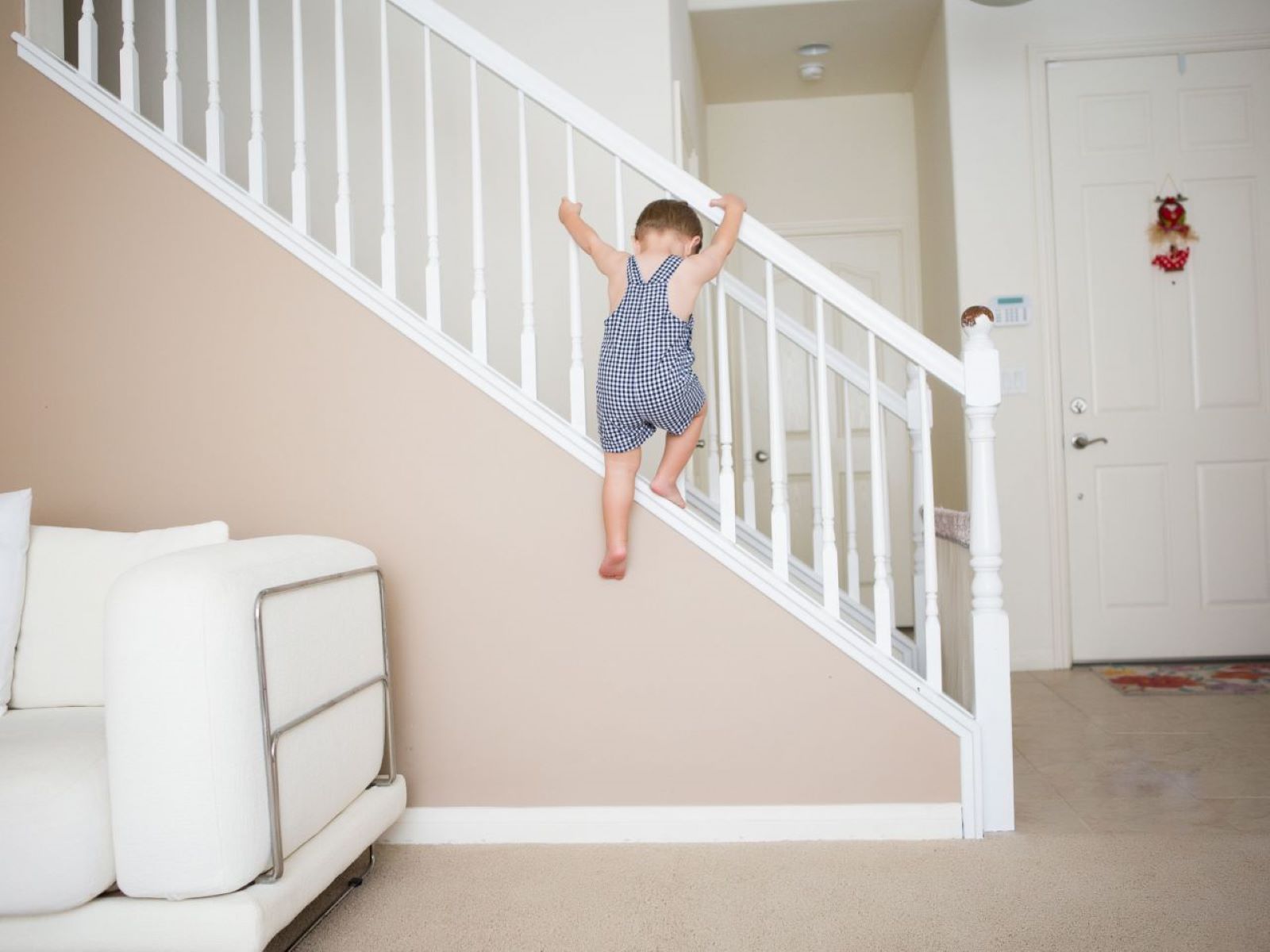
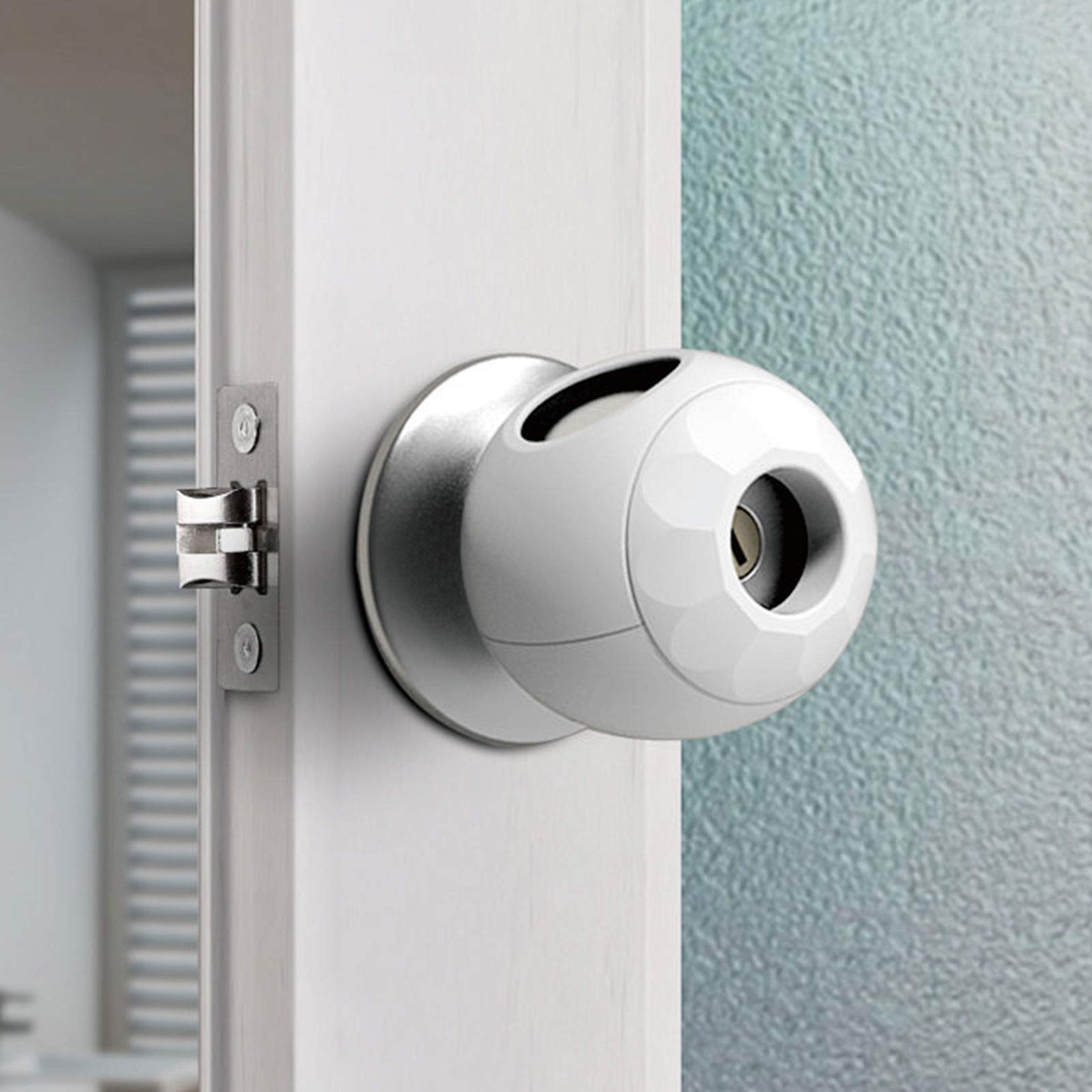
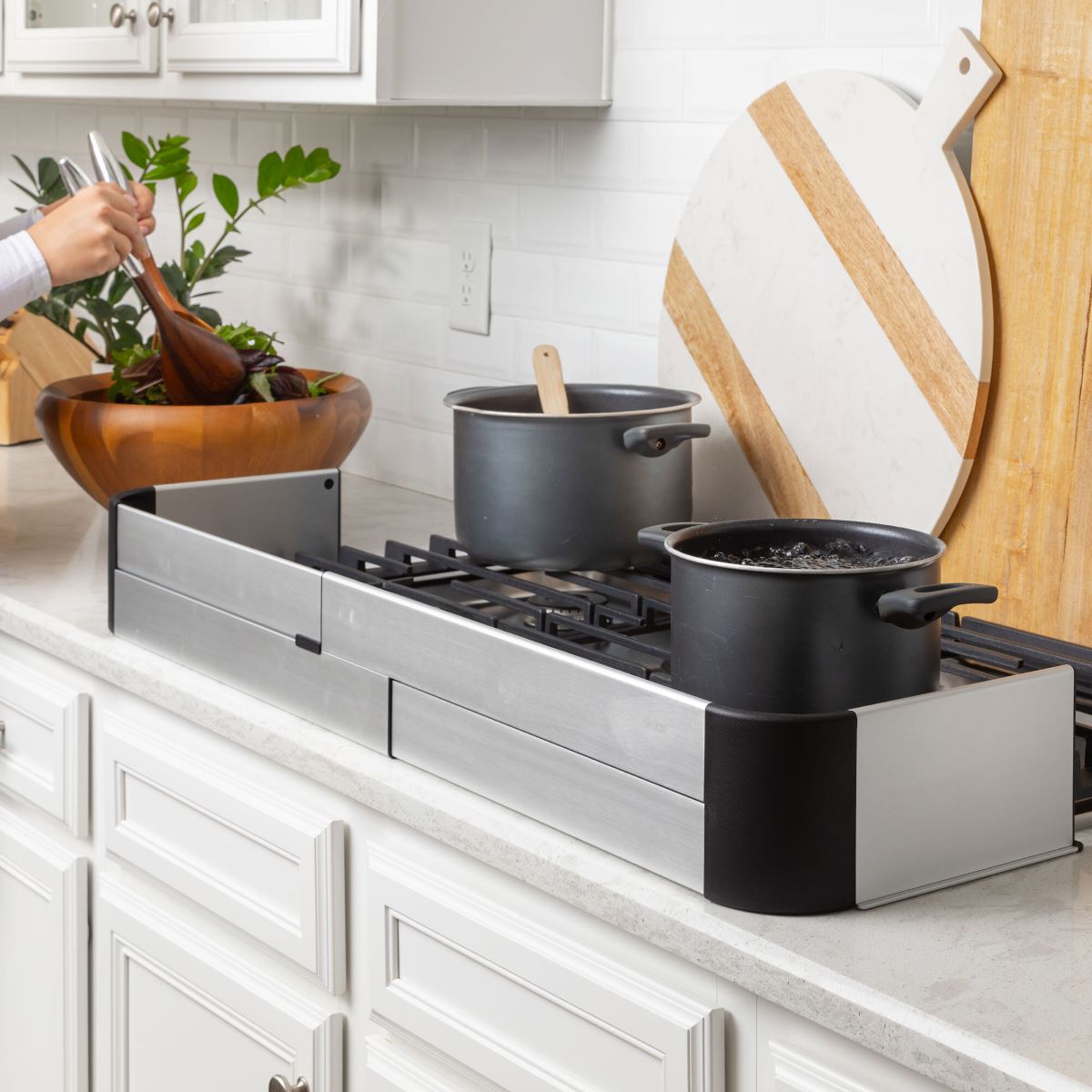
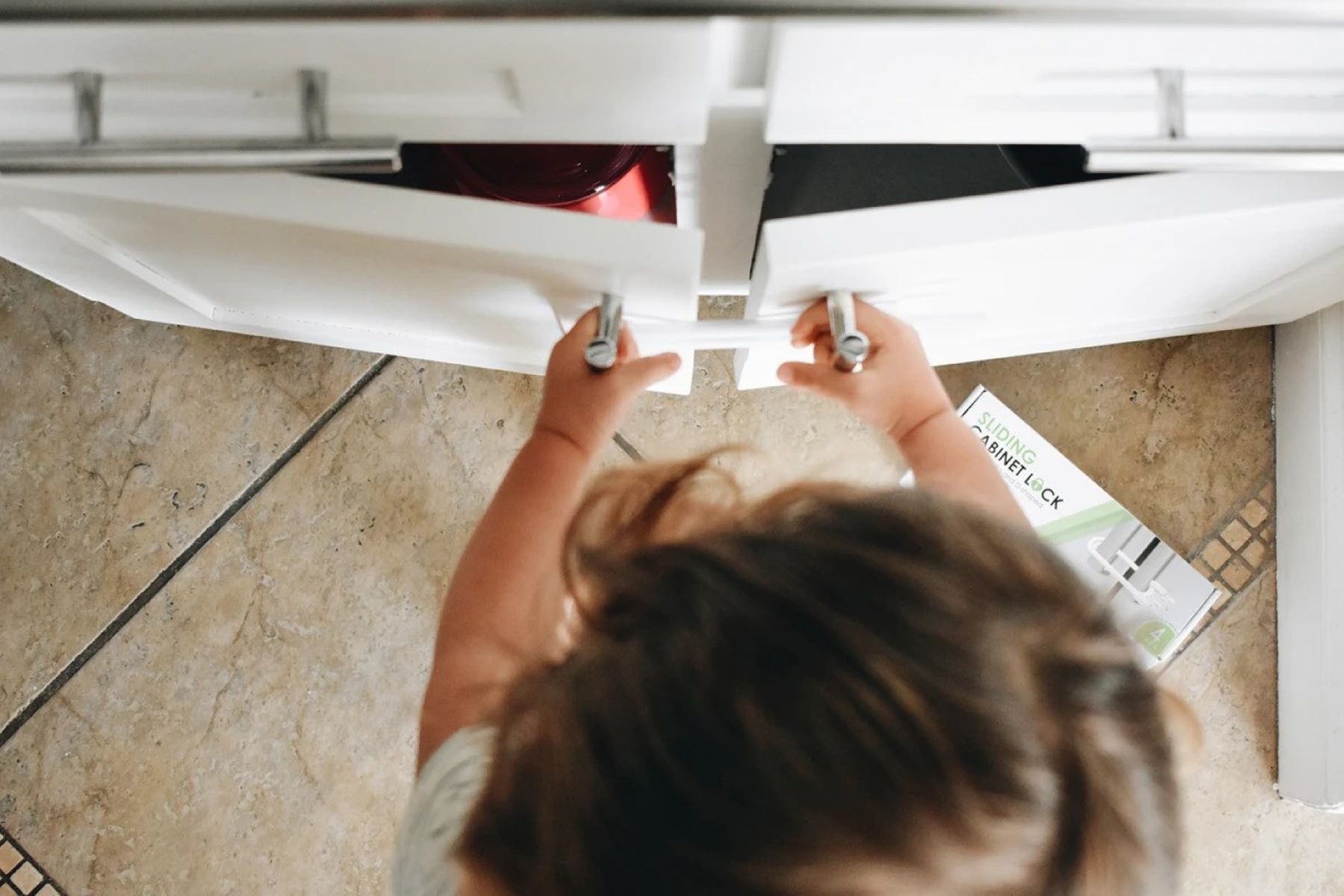

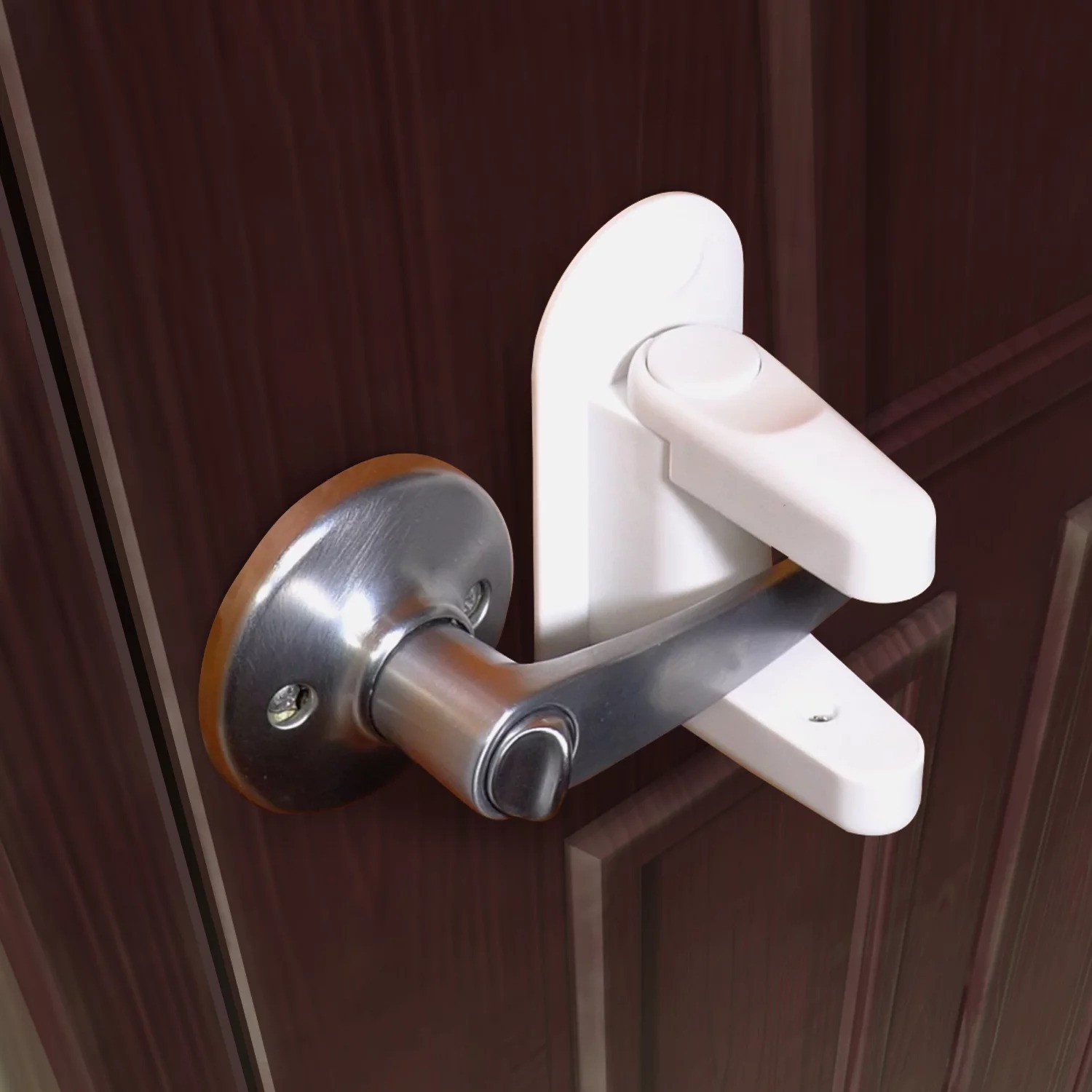
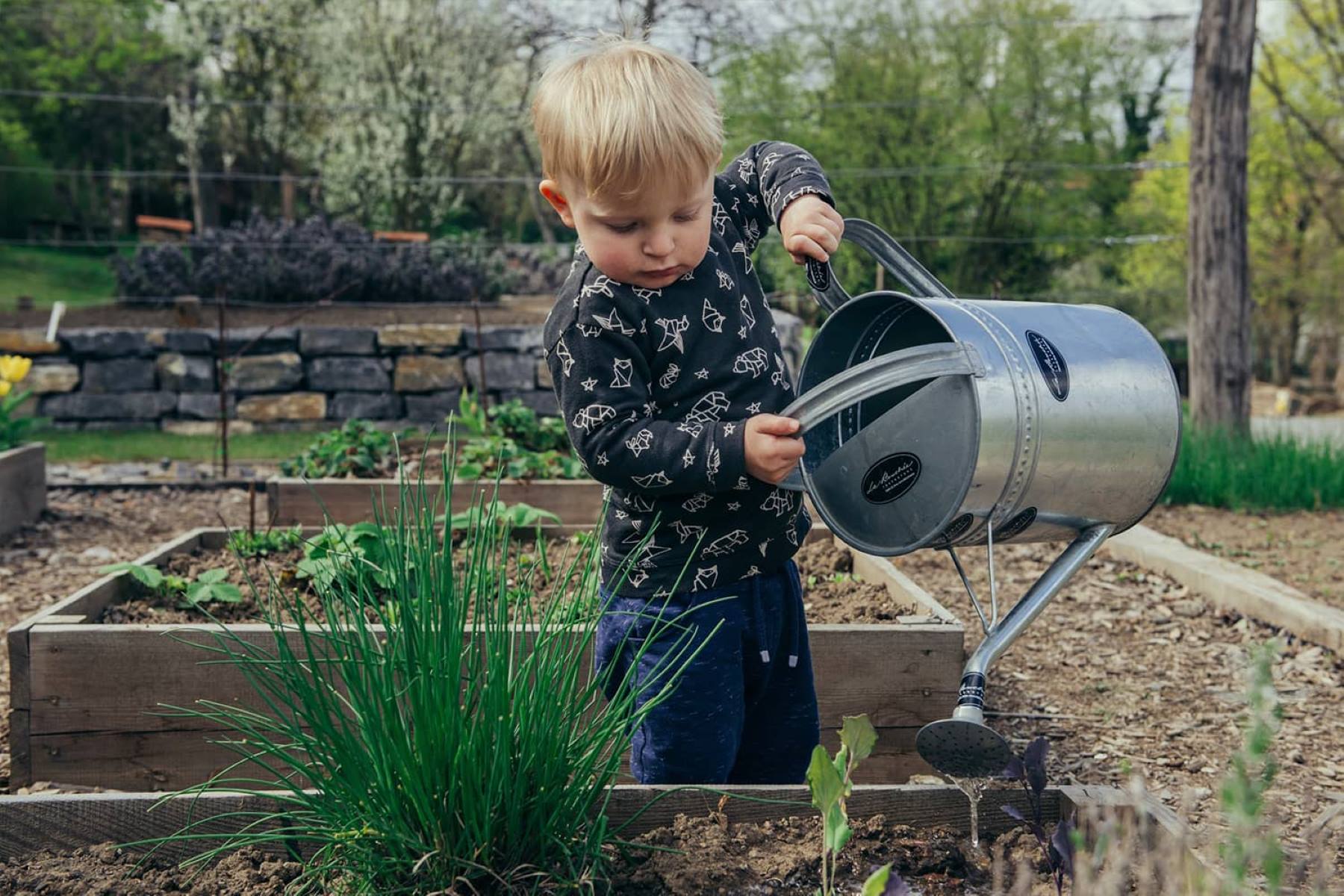
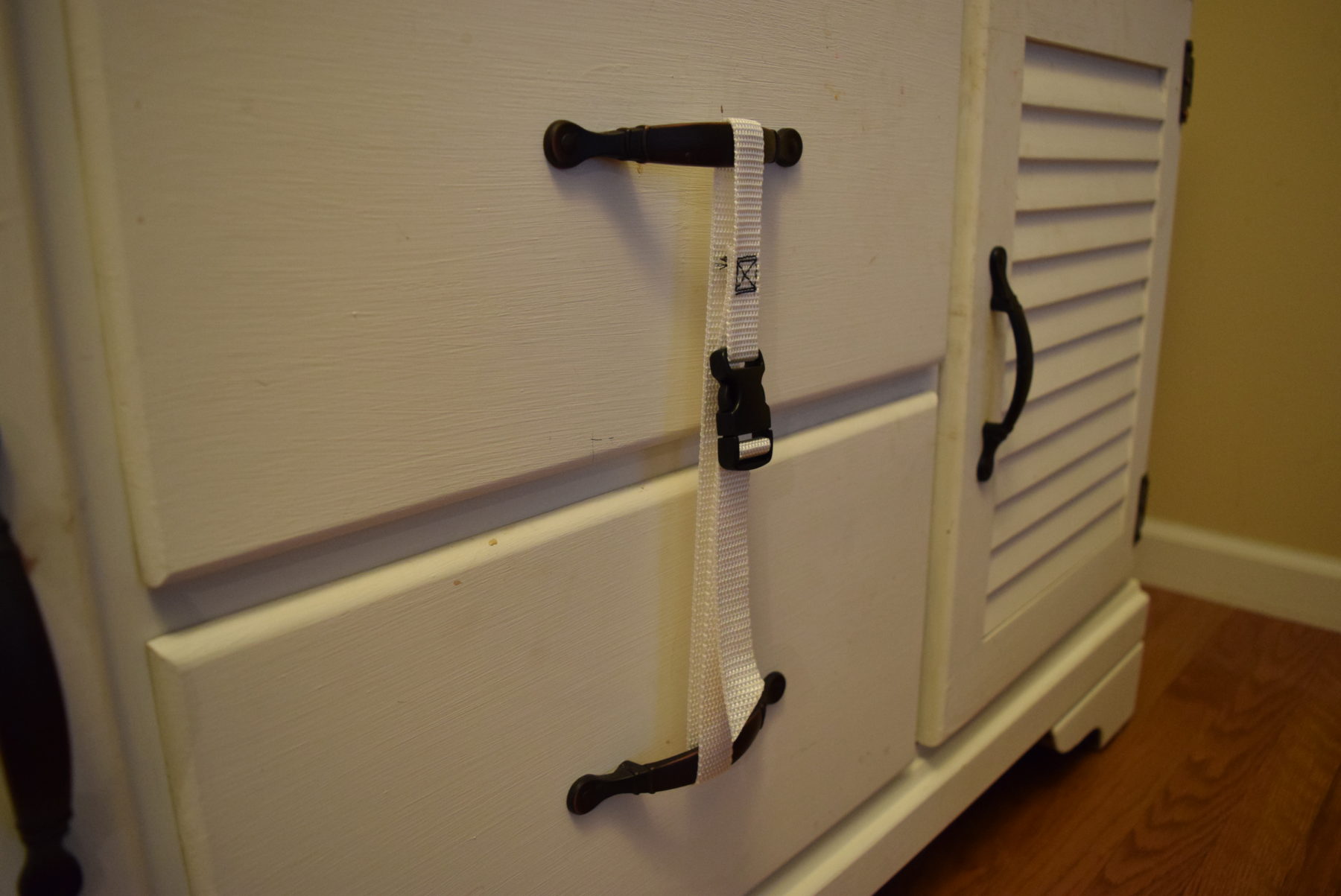
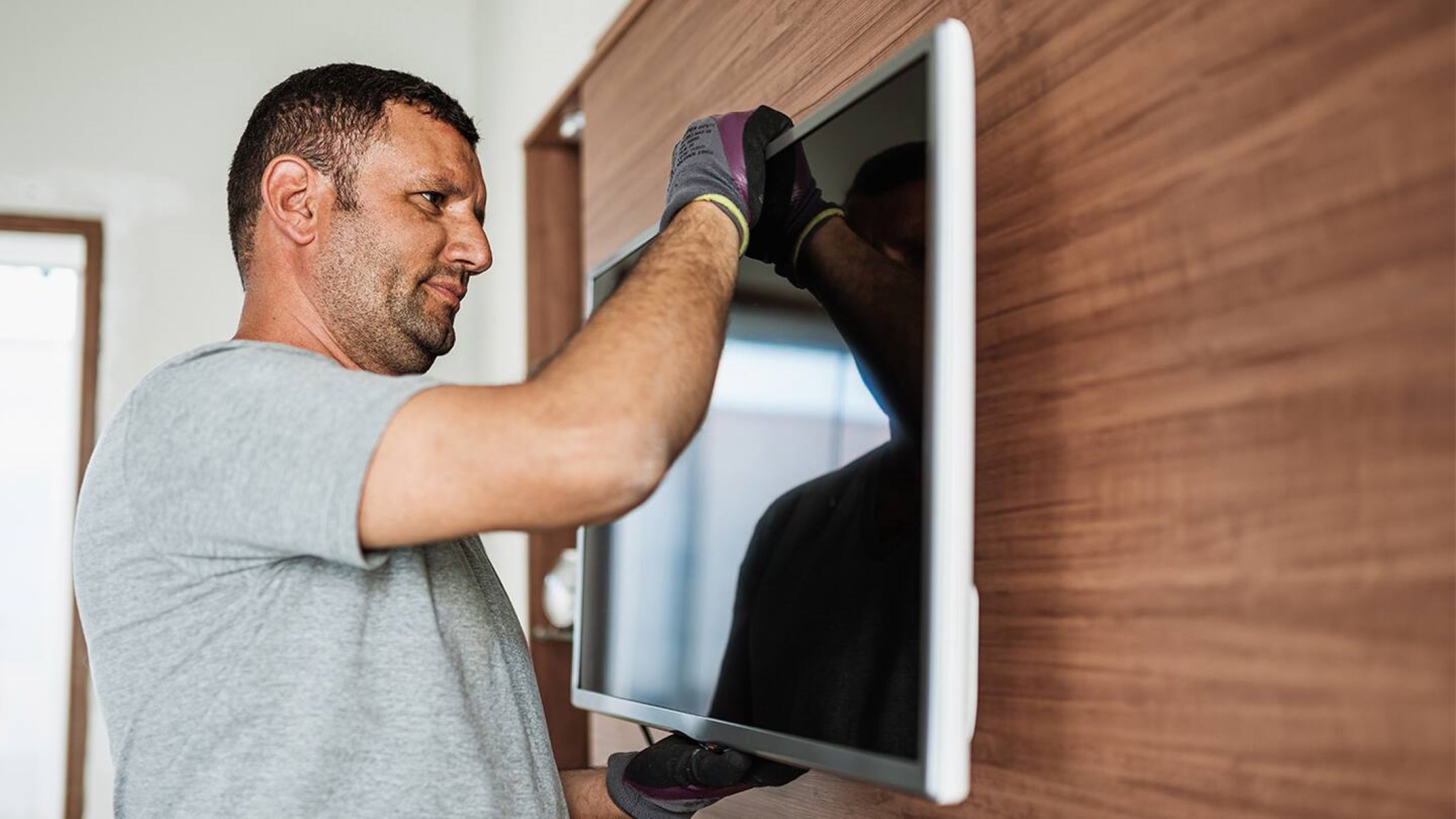
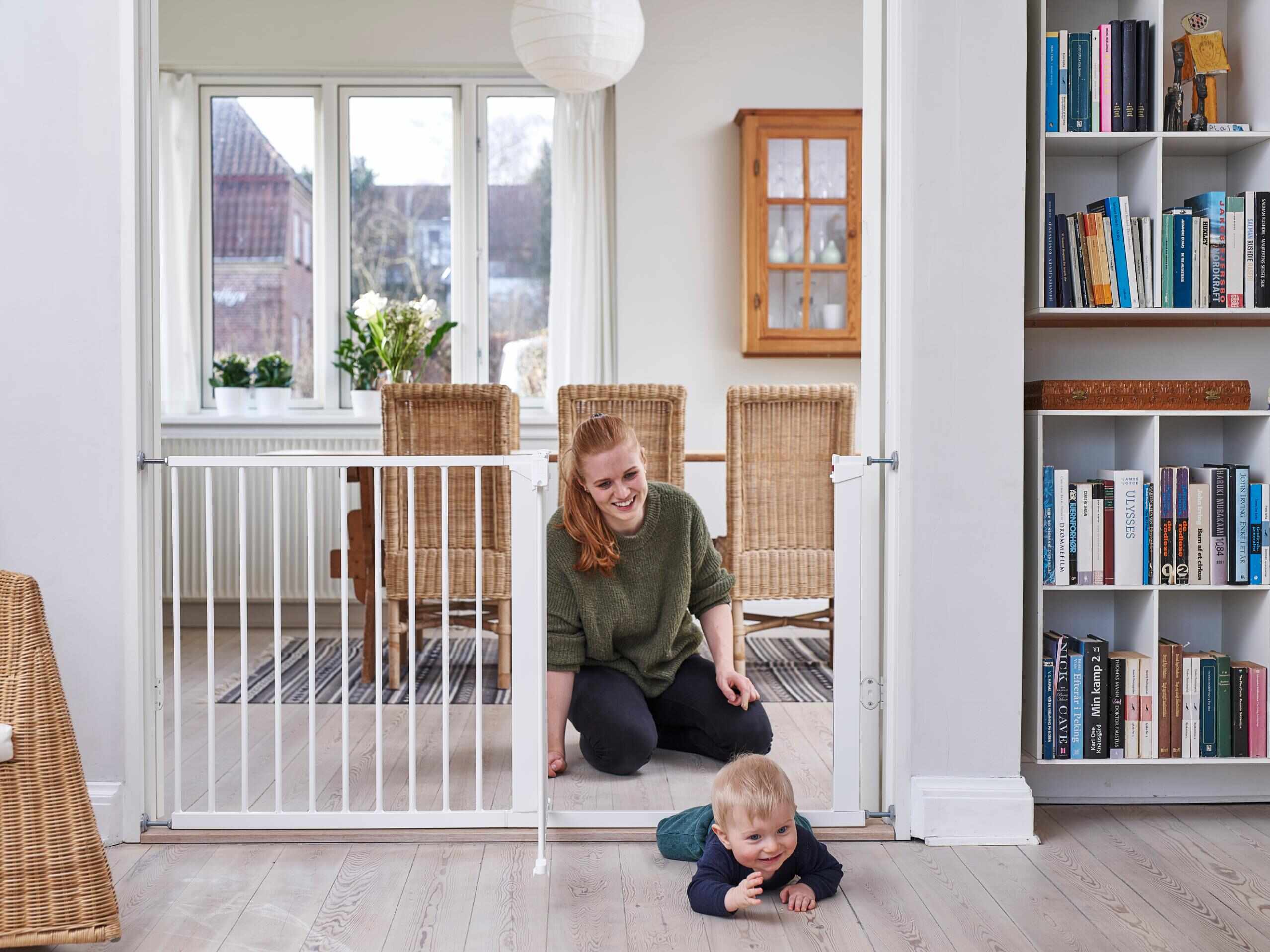
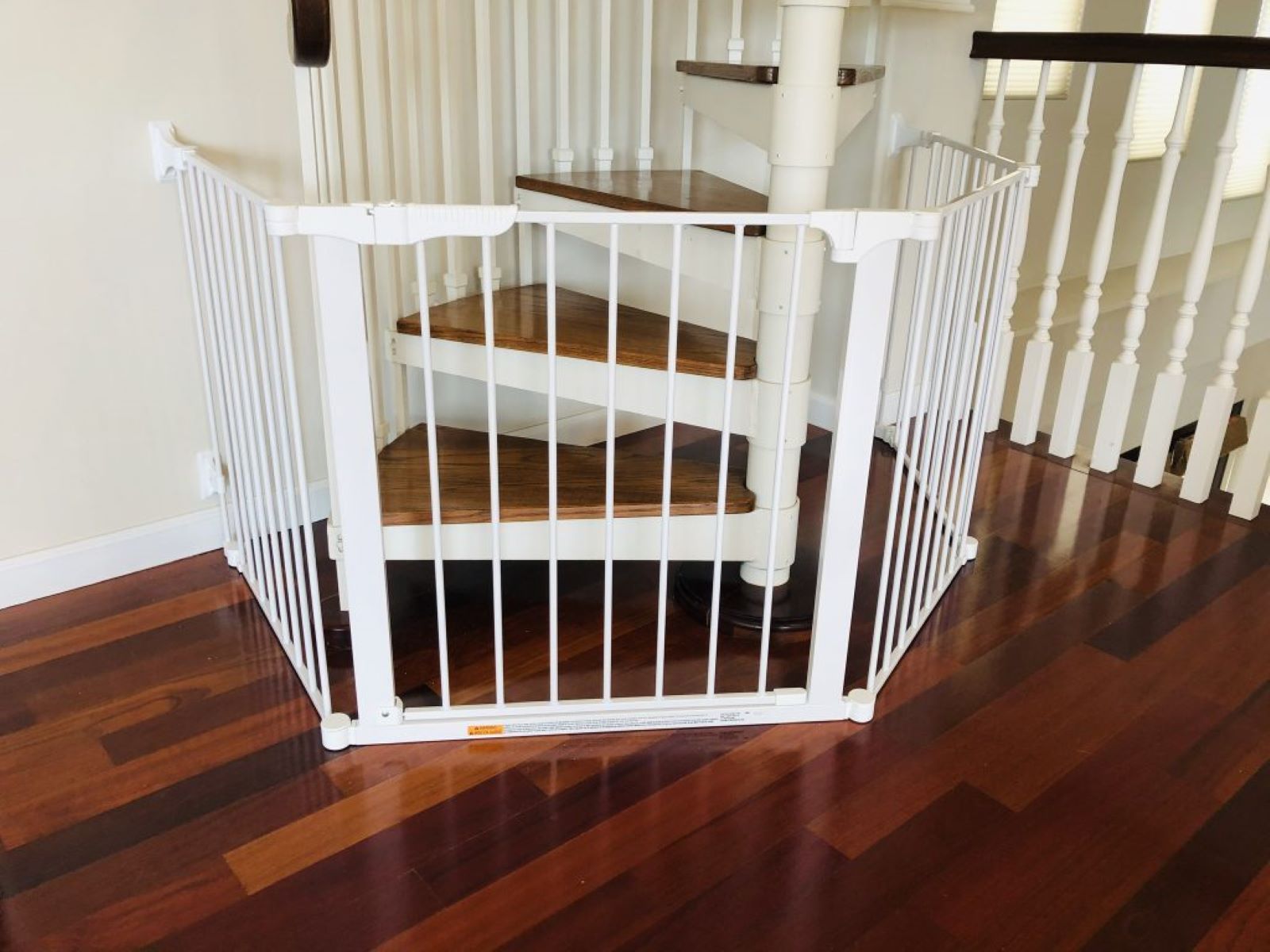
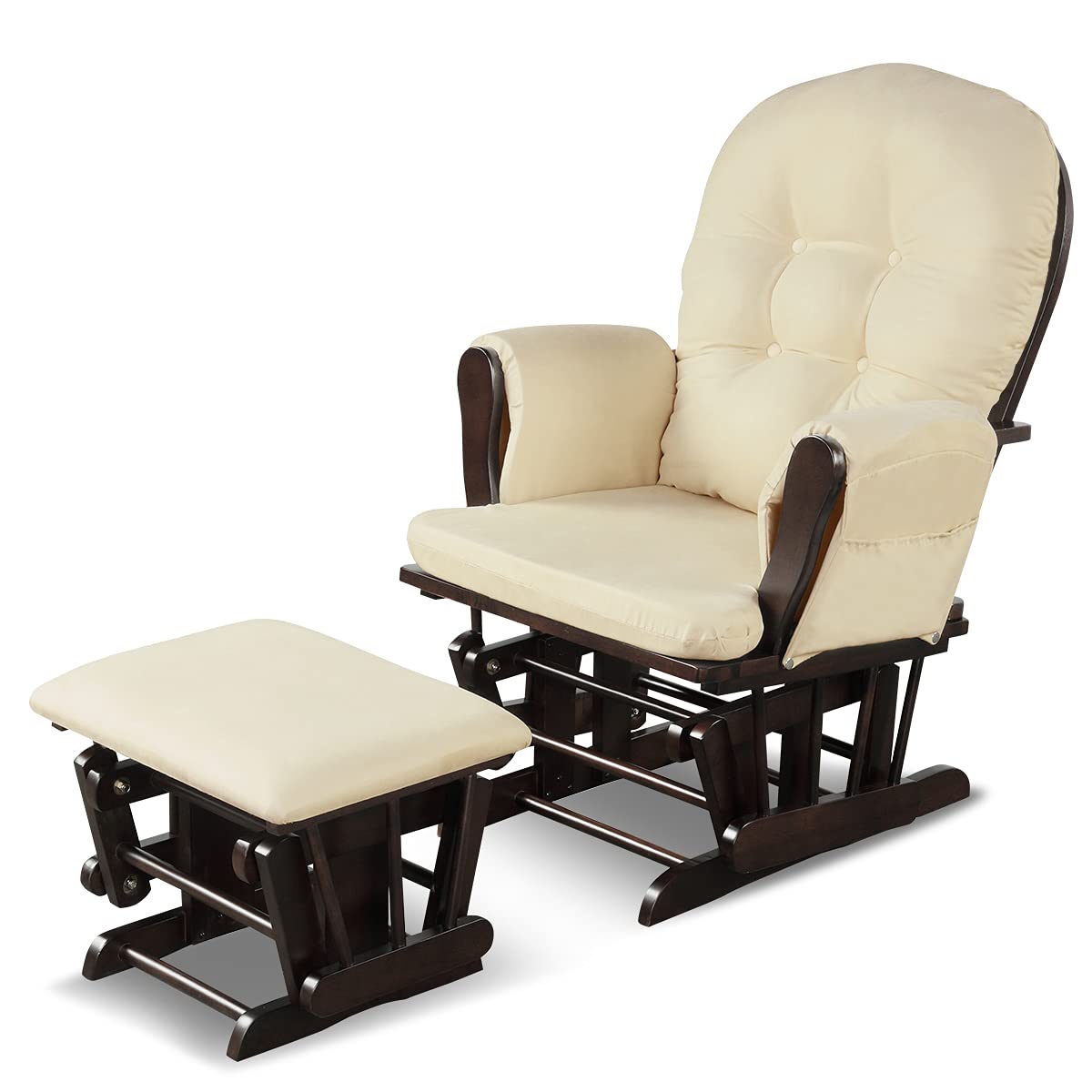
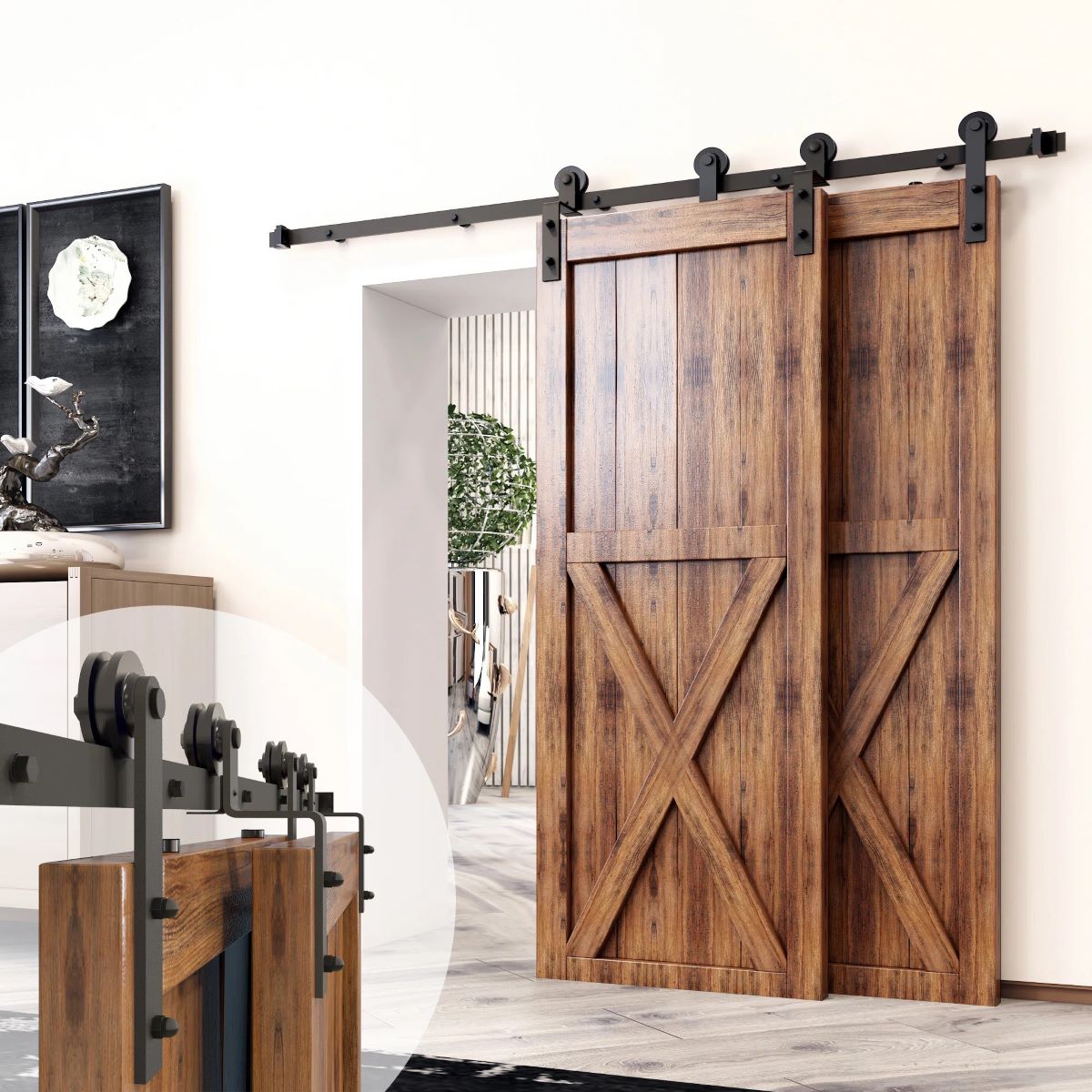

0 thoughts on “How To Childproof Drawers”